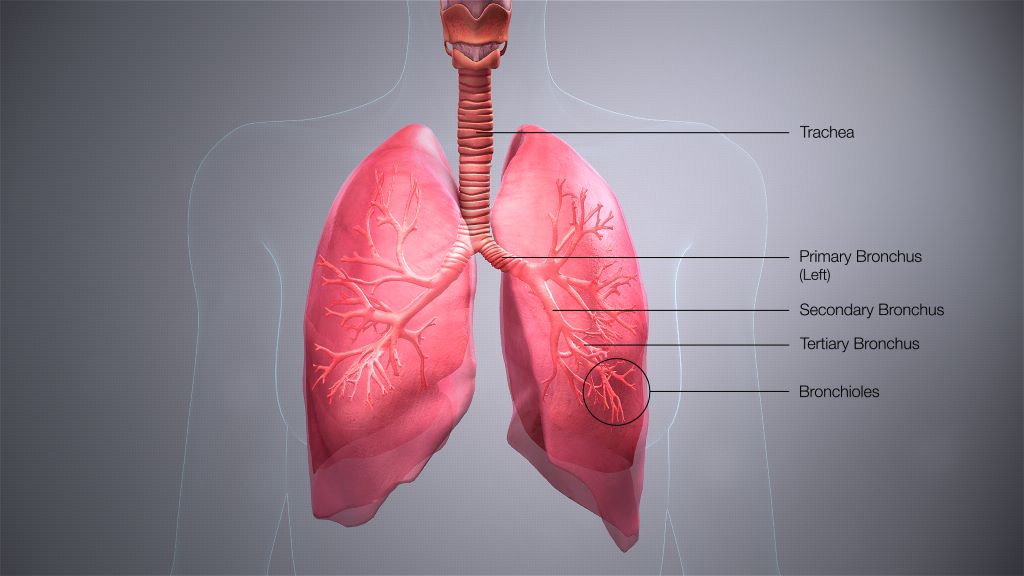Resistance to Artemisinin Found in African Children with Severe Malaria

Indiana University School of Medicine researchers, in collaboration with colleagues at Makerere University in Uganda, have uncovered evidence of partial resistance to artemisinin derivatives – the primary treatment for malaria – in young children with severe, or “complicated,” malaria.
Earlier studies have shown partial resistance to artemisinin in children with uncomplicated malaria, but the new study, published in the Journal of the American Medical Association (JAMA), is the first to document such resistance in African children with well-defined signs of severe disease from malaria.
“Artemisinin-based therapies have been quintessential in the fight against malaria for the past 20 years,” said corresponding author Chandy C. John, MD, the professor of paediatrics at the IU School of Medicine. “Growing evidence of artemisinin partial resistance in African children with uncomplicated malaria has led to concerns that new therapies, like triple artemisinin combination therapies, may be needed in uncomplicated malaria. The findings of artemisinin partial resistance in children with severe or complicated malaria, as well as the findings of a high rate of recurrent malaria with current standard treatment in these areas raise the question of whether new treatments are needed for severe malaria as well.”
Led by John and co-authors Ruth Namazzi, MBChB, MMEd, and Robert Opoka, MD, MPH, of Makerere University; Ryan Henrici, MD, PhD, of the University of Pennsylvania; and Colin Sutherland, PhD, MPH, of the London School of Tropical Medicine and Hygiene, the study examined 100 Ugandan children aged 6 months to 12 years who were undergoing treatment for severe malaria complications caused by Plasmodium falciparum, the deadly malaria parasite transmitted by mosquitos.
In the study, 10 children had parasites with genetic mutations previously associated with artemisinin partial resistance. The most common mutation, which was seen in eight of these children, was associated with a longer parasite clearance half-life — the time it takes the parasite’s burden in the body to reach half of its initial level. The study also showed that 10% of children returned within 28 days of treatment with an infection from the same malaria strain they had during their original admission. These were all children who had received complete intravenous and then oral treatment for severe malaria, and all had cleared the parasite by microscopic examination. John said these findings suggest that the standard intravenous and oral treatment lowers the parasite level to where it cannot be detected by microscopy, but it does not completely eliminate the parasite in some children.
Reports of artemisinin resistance first surfaced in Southeast Asia in 2008 before emerging in East Africa, a trend the IU research team unexpectedly observed through their ongoing work in Uganda. While studying why severe malaria develops in children, the researchers noticed slower responses to artemisinin in some of their Ugandan study participants, prompting the present study.
“The study findings point to a need for more data on artemisinin resistance and recurrence of clinical malaria in children with severe malaria,” John said. “If our study findings are confirmed in other areas, that would suggest that treatment guidelines for severe malaria may require revision.”
John presented the study’s results at the Annual Meeting of the American Society of Tropical Medicine and Hygiene on Nov. 14 in New Orleans, Louisiana.
Source: Indiana University




